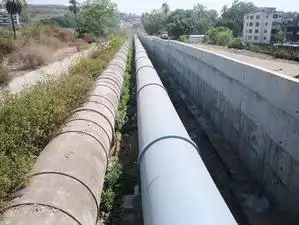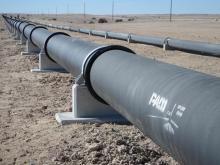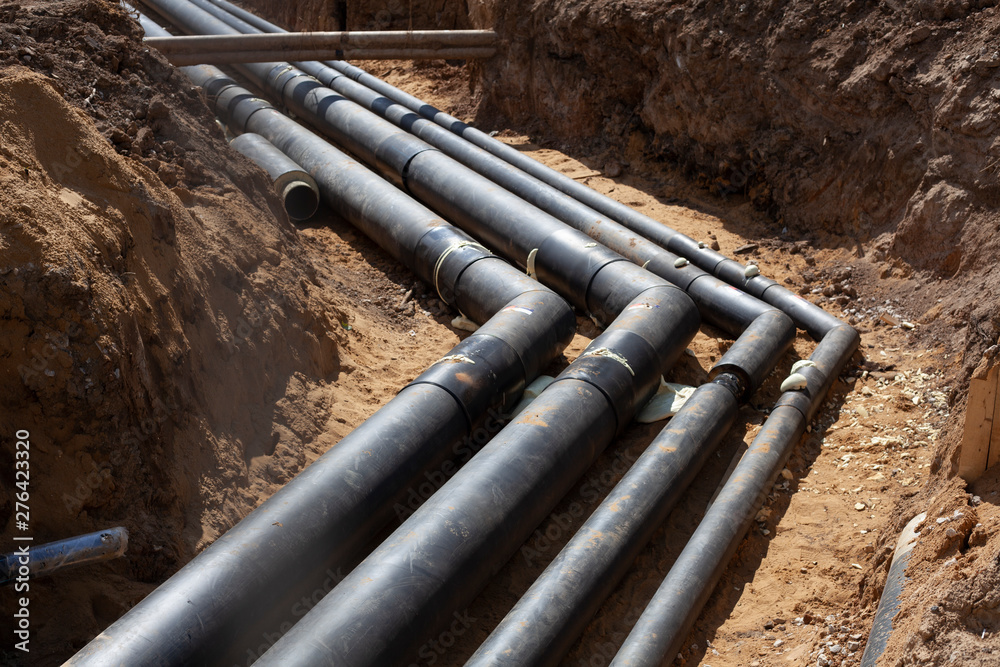
The laying of water supply pipes is a vital step in the construction of a functional water distribution system. It involves the installation of pipes and related components to ensure the efficient and reliable delivery of clean water to homes, businesses, and other facilities.
The process includes various stages, such as planning, excavation, pipe placement, jointing, and backfilling. Careful consideration is given to factors like pipe materials, diameter, route selection, and connectivity to ensure the longevity and effectiveness of the water supply infrastructure.
Proper installation and maintenance of water supply pipes are crucial to providing safe and accessible water resources for communities.

The joining of pipes is a critical step in the installation of water supply systems, ensuring a secure and leak-free connection between pipe sections. There are several methods commonly used for joining pipes, depending on the material and diameter of the pipes.
Pipes with threaded ends can be joined by screwing them together using compatible fittings. This method is commonly used for smaller-diameter pipes and is typically made of materials such as steel or brass.
For plastic pipes, solvent welding is a common joining method. It involves applying a solvent adhesive to the pipe ends, which chemically bonds and fuses them together, creating a strong and watertight connection

Pipe-laying methods refer to the various techniques used to install and position pipes for different applications, such as water supply, sewage, oil and gas, and telecommunications. Here are some common pipe-laying methods:
This traditional method involves excavating a trench along the desired pipe route and laying the pipes directly into the trench. The trench is then backfilled and compacted after the pipes are installed.
These methods minimise excavation and disruption by installing pipes underground without extensive trenching. Examples of trenchless techniques include horizontal directional drilling (HDD), pipe jacking, micro tunnelling, and pipe bursting.